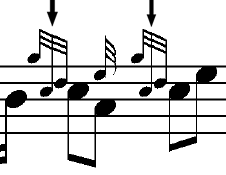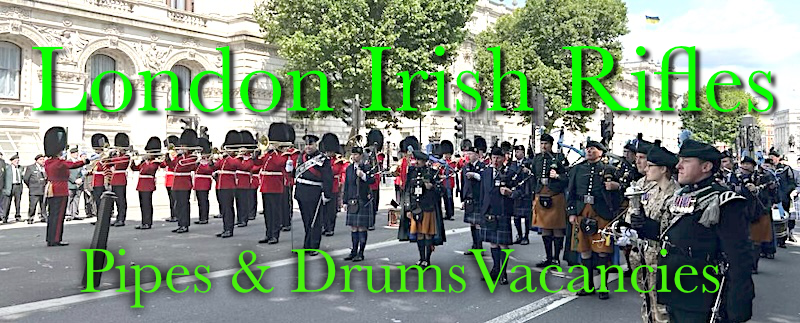
By Robert Wallace
A reader in the US has written: ‘I’ve joined a new competition band with another bandmate; we’re competing in about two weeks. Yesterday, there was some contention concerning the correct beating for a taorluath. My friend and I have always played the embellishment with the beat on the E grace note; that’s how we learned it from a book.
‘Several of the other band members, including the Pipe Major, are insisting that the beat is on the first low G of the taorluath and online, it seems to be an item of contention among many pipers?
‘Anyhow, I thought of you as the best expert I know. What about Scotland the Brave etc? Have I been doing it wrong all along? If you have a moment free, could you send me your opinion please?’
I am sure I have written about this before but in the understandable confusion here goes again: Yes sir, you have been doing it wrong all along.
The answer in all of this is simply to strip your tune, Scotland the Brave, of embellishments. Play only the melody notes slowly on the practice chanter beating time with your feet. Use breath interuptions where necessary, such as between the two low As of the first taorluath.
You will find that the first beat falls exactly on the first low A of the taorluath and the second on the second low A. Now add back in your gracenotes. Has your rhythm altered one jot? No it hasn’t. Are your left and right beats in any way out of sync? No they are not.
What does this tell us? It shows that the high G gracenote before the first low A is exactly that. Before it; not by much, but before it. Ditto the E gracenote on the second beat. The arrows mark the spot:

Doublings are slightly different. In the second part of the first bar of Scotland the Brave the beat will fall on the first passive gracenote of the first doubling on C; same for the second. Try this without the embellishments. There, the beat falls precisely on the C melody note. When we add the doubling a mini slice of this note becomes our passive gracenote:

The important thing in all of this is not to overthink it. Sing your tunes to get the flow. Work at your technique so that it does not interfere with that flow. Always maintain a steady tempo and use a metronome if necessary.
Music is simple. We end up in all sorts of difficulties when we over-complicate and over-theorise. Also remember this: Scotland the Brave is a difficult tune to play well. Your tempo must be guided by the speed at which you can play accurately the E to B run down in the last bar of the first line (see top). This is a simple setting. Some have doublings on the E and C making this passage doubly difficult and thus requiring even more finger precision and careful consideration of tempo.
- There are lessons on a whole range of competition marches and other tunes available via the Piping Press Shop.

















“The important thing in all of this is not to overthink it.” Yes!
The audio clip is very helpful! Also the note on singing the tune and playing slowly at first.
Thanks.
I agree that the beat comes between the last gracenote of the taorluath and the melody note following. The taorluath’s timing is taken out of the melody note preceding it; slow down the tune, and you will see that it is just common sense.